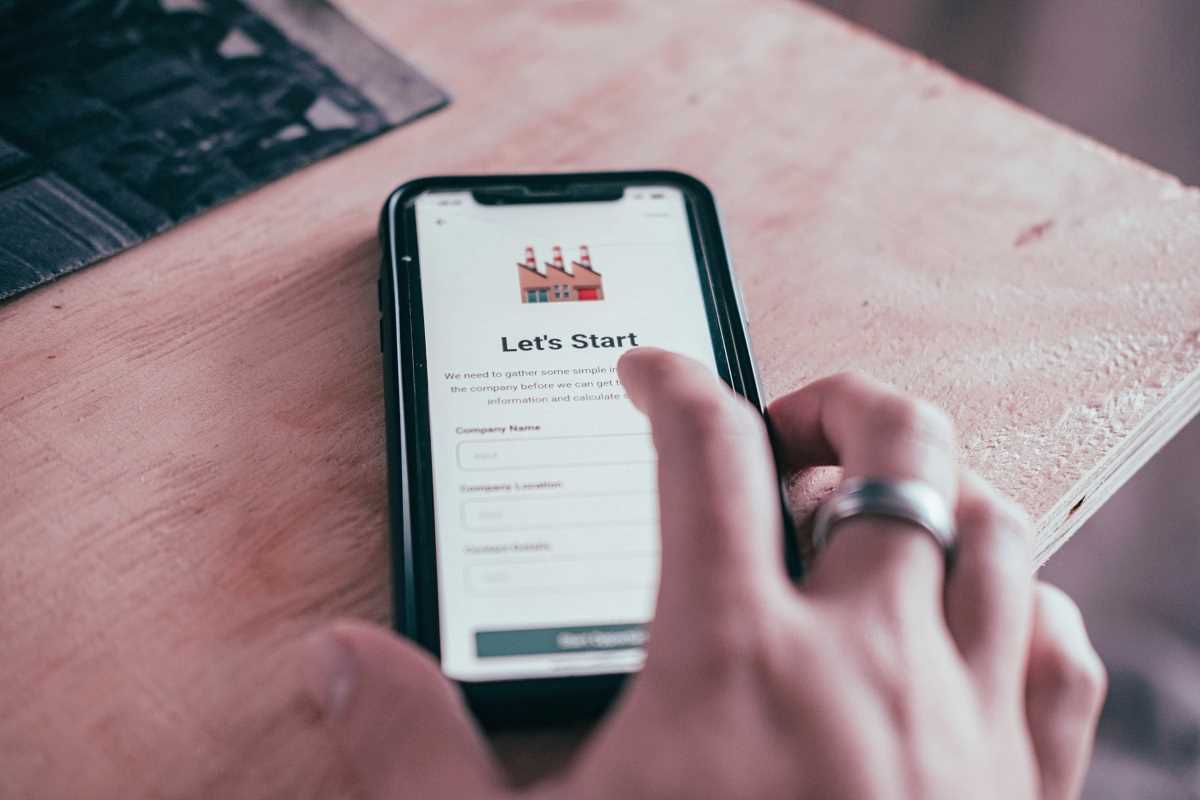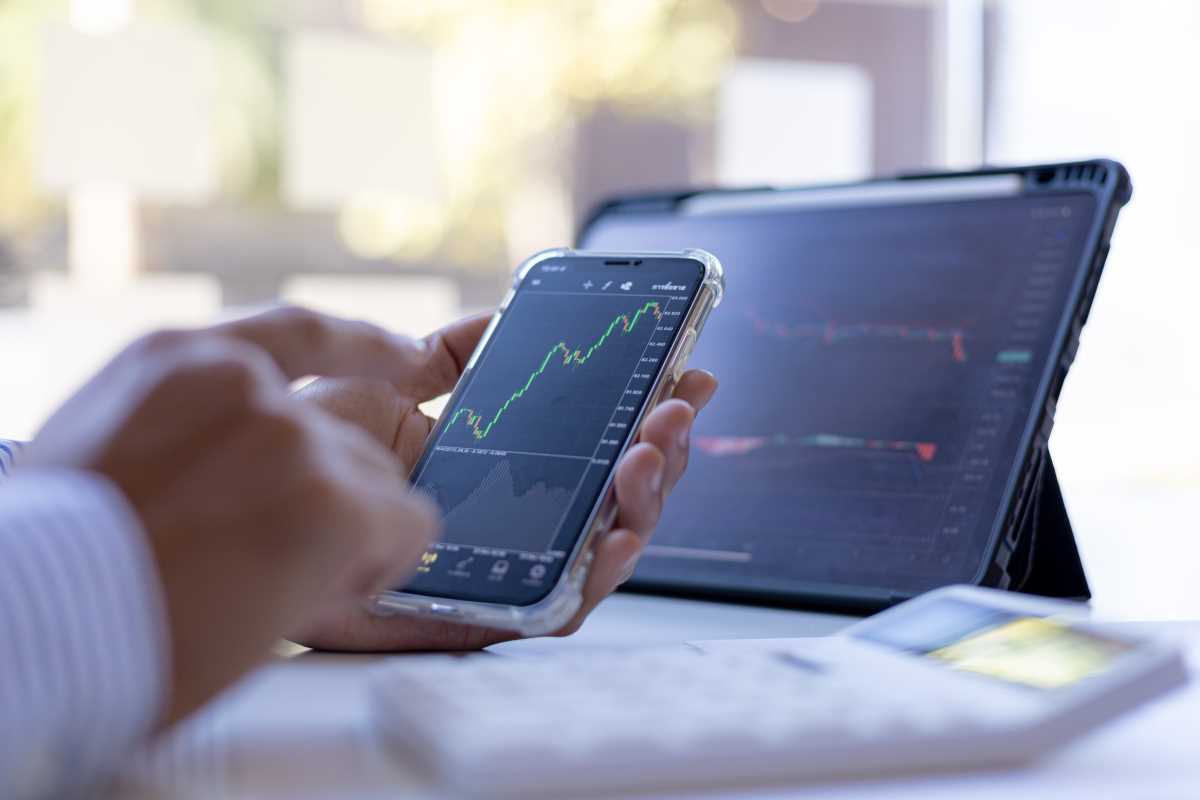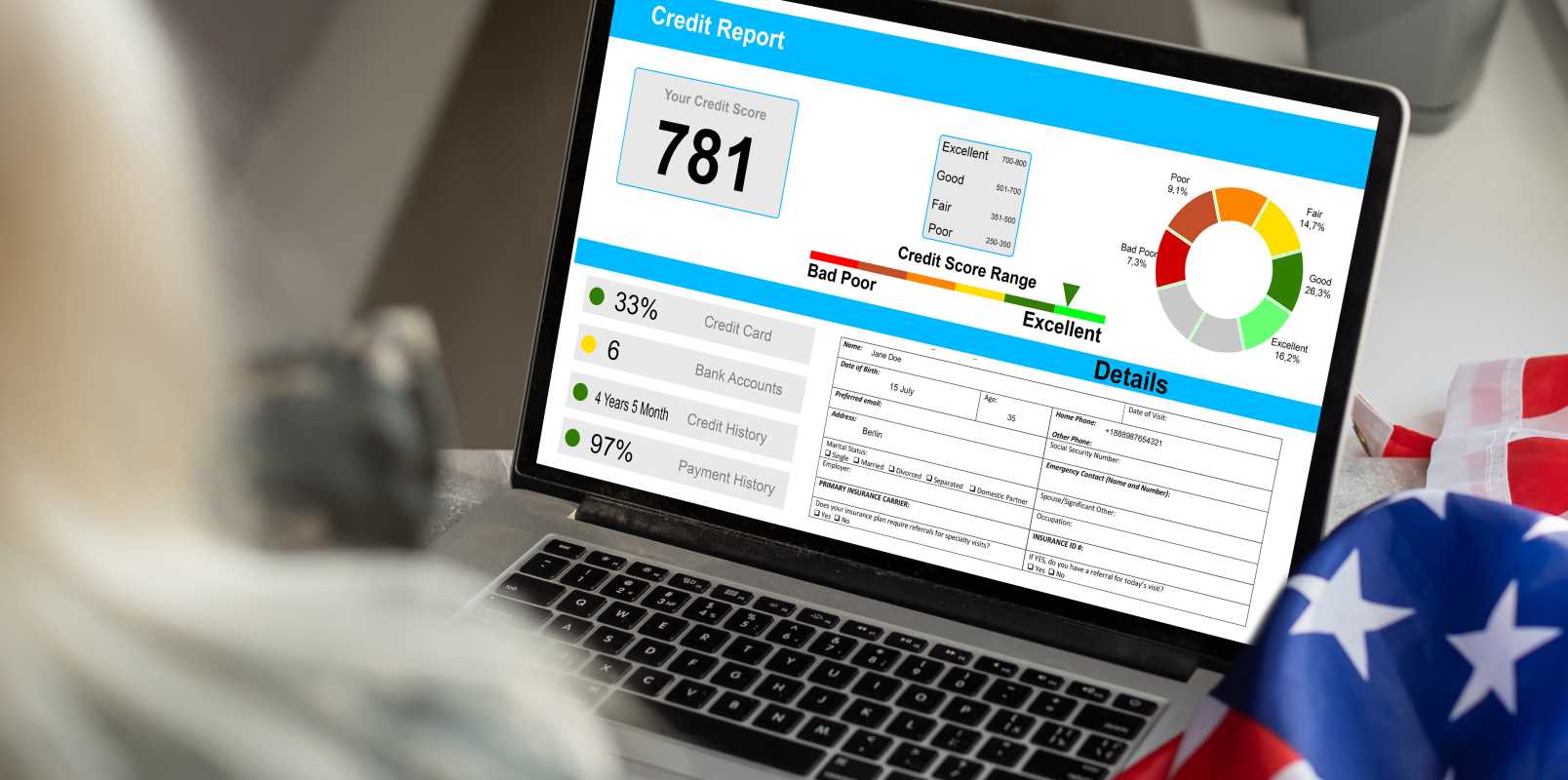Managing your finances just got a lot easier, thanks to a wide range of budgeting apps designed to help you track spending, set financial goals, and get a better handle on where your money is going. With so many options available, there’s likely a perfect tool for your unique financial needs. Below, we explore some of the best apps for tracking expenses and staying on top of your budget, as well as tips for selecting the one that suits you best.
1. Mint
Mint is one of the most popular personal finance apps, and for good reason—it’s free, user-friendly, and packed with features.
- Key Features:
- Automatically syncs with your bank accounts, credit cards, and even investment accounts to give an overview of your financial health.
- Tracks spending by category and notifies you of unusual charges or when you’re near budget limits.
- Includes bill tracking and reminders to help you avoid late fees.
- Unique Aspect: Offers free access to your credit score and personalized tips for improving it.
- Ideal For: Beginners looking for an all-in-one budgeting app that’s simple to use and comprehensive.
2. You Need A Budget (YNAB)
YNAB goes beyond tracking your spending—it’s designed to change how you manage your money completely. Built on a philosophy of assigning every dollar a job, YNAB helps you budget intentionally.
- Key Features:
- Encourages zero-based budgeting, where every dollar is allocated to a category (savings, debt repayment, bills, etc.).
- Real-time syncing across devices to keep you and your partner on the same page.
- Detailed reports on spending patterns and progress toward financial goals.
- Unique Aspect: Includes workshops on budgeting and personal finance, plus a supportive community.
- Cost: $14.99/month or $98.99/year, but many users say the app more than pays for itself by helping them save.
- Ideal For: Those who want a proactive, purpose-driven approach to budgeting and are willing to pay for a premium tool.
3. PocketGuard
If you’re concerned about overspending, PocketGuard is like a personal financial guardrail that keeps you from going overboard.
- Key Features:
- Links to your financial accounts and uses real-time data to show how much “safe-to-spend” cash you have after bills, goals, and necessities.
- Tracks subscriptions and recurring charges to help you identify where to cut costs.
- Offers budgeting by category and alerts you when you’re approaching your limits.
- Unique Aspect: Its “In My Pocket” feature simplifies budgeting by focusing on what’s left to spend.
- Cost: Free, with a premium version ($7.99/month or $79.99/year) offering more personalization.
- Ideal For: People who want a straightforward, no-nonsense app to avoid overspending.
4. Goodbudget
For those who prefer the traditional envelope budgeting system but with a tech twist, Goodbudget is a great option.
- Key Features:
- Allocate money to digital “envelopes” for categories like groceries, rent, and entertainment.
- Supports manual expense tracking for those who don’t want to link their bank accounts.
- Syncs across devices for easy household budgeting with a partner.
- Unique Aspect: Focuses on helping you prioritize and plan your spending rather than just logging past transactions.
- Cost: Free for up to 20 envelopes, or $8/month for unlimited envelopes and advanced features.
- Ideal For: Families or individuals who love simple, goal-driven budgeting.
5. EveryDollar
Created by personal finance expert Dave Ramsey’s team, EveryDollar is based on the principles of zero-based budgeting.
- Key Features:
- Allows you to manually plan and track your expenses.
- Premium version syncs with your bank accounts for real-time updates and includes access to Ramsey+ resources.
- Tracks debt repayment and helps you implement the “Debt Snowball” method.
- Cost: Free version available, with the premium version costing $79.99/year.
- Ideal For: Followers of Dave Ramsey’s financial principles or those who want a simple, hands-on approach to budgeting.
6. Personal Capital
While technically an investment-focused app, Personal Capital is also a robust budgeting tool that provides a comprehensive picture of your financial health.
- Key Features:
- Tracks spending and categorizes transactions to help you stick to your budget.
- Monitors your net worth by incorporating banking, investments, and even mortgage data.
- Includes retirement planning and investment analysis tools.
- Unique Aspect: Combines budgeting with wealth-building tools, making it ideal for long-term financial planning.
- Cost: Free, with optional paid advisory services for investment management.
- Ideal For: Those who want budgeting and investment analytics in one app.
Tips for Choosing the Right Budgeting App
With so many options, it’s important to select a budgeting app that fits your needs, preferences, and financial goals. Here’s how to decide:
- Consider Your Budgeting Style: If you’re hands-on and prefer to plan every penny, an app like YNAB or Goodbudget may be your best bet. If you’d rather automate everything and get insights at a glance, Mint and PocketGuard are great choices.
- Review Costs: Free apps like Mint and PocketGuard’s basic plan are excellent for getting started. If you’re willing to invest in premium features, apps like YNAB or EveryDollar may deliver added value.
- Assess Your Goals: Do you want help building savings, paying off debt, or simply tracking spending? Different apps cater to specific financial goals, so choose one that supports yours.
- Evaluate Simplicity vs. Features: Some apps are minimalistic and easy to use, while others—like Personal Capital—offer a broader set of tools for those who want detailed insights.
The right budgeting app can be a game-changer for tracking spending, managing financial goals, and keeping your budget on track. Whether you’re looking for a simple, free solution or want to invest in a premium service, there’s a tool out there to meet your needs. Take your time to explore these apps, test out free versions or trial periods, and find the one that aligns best with your financial goals. With the right app in hand, you’ll be well on your way to smarter money management!
 (Image via
(Image via





